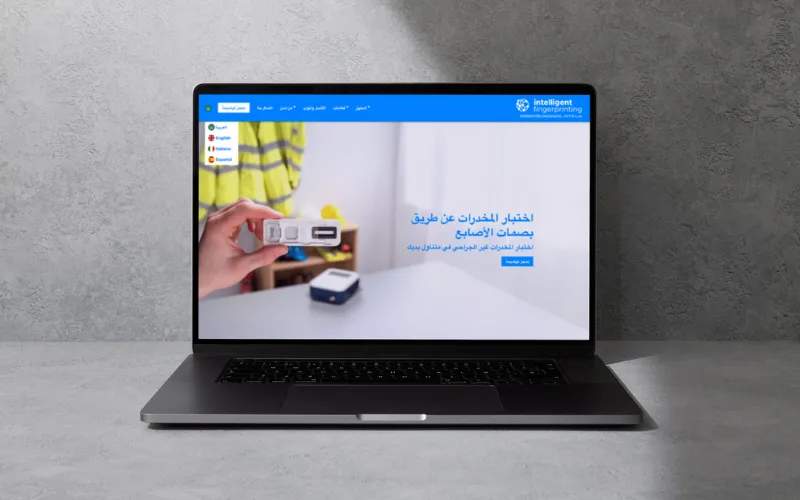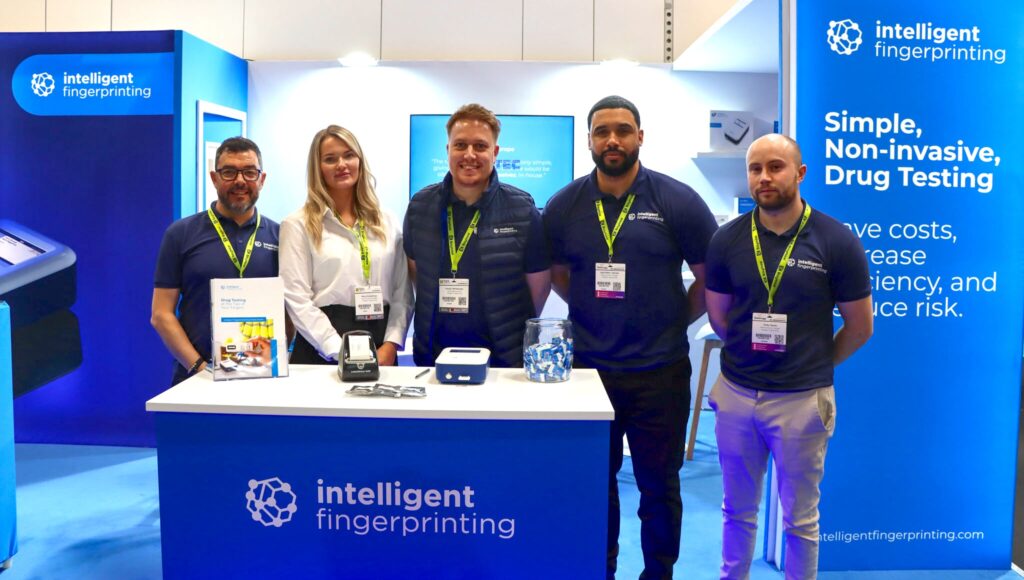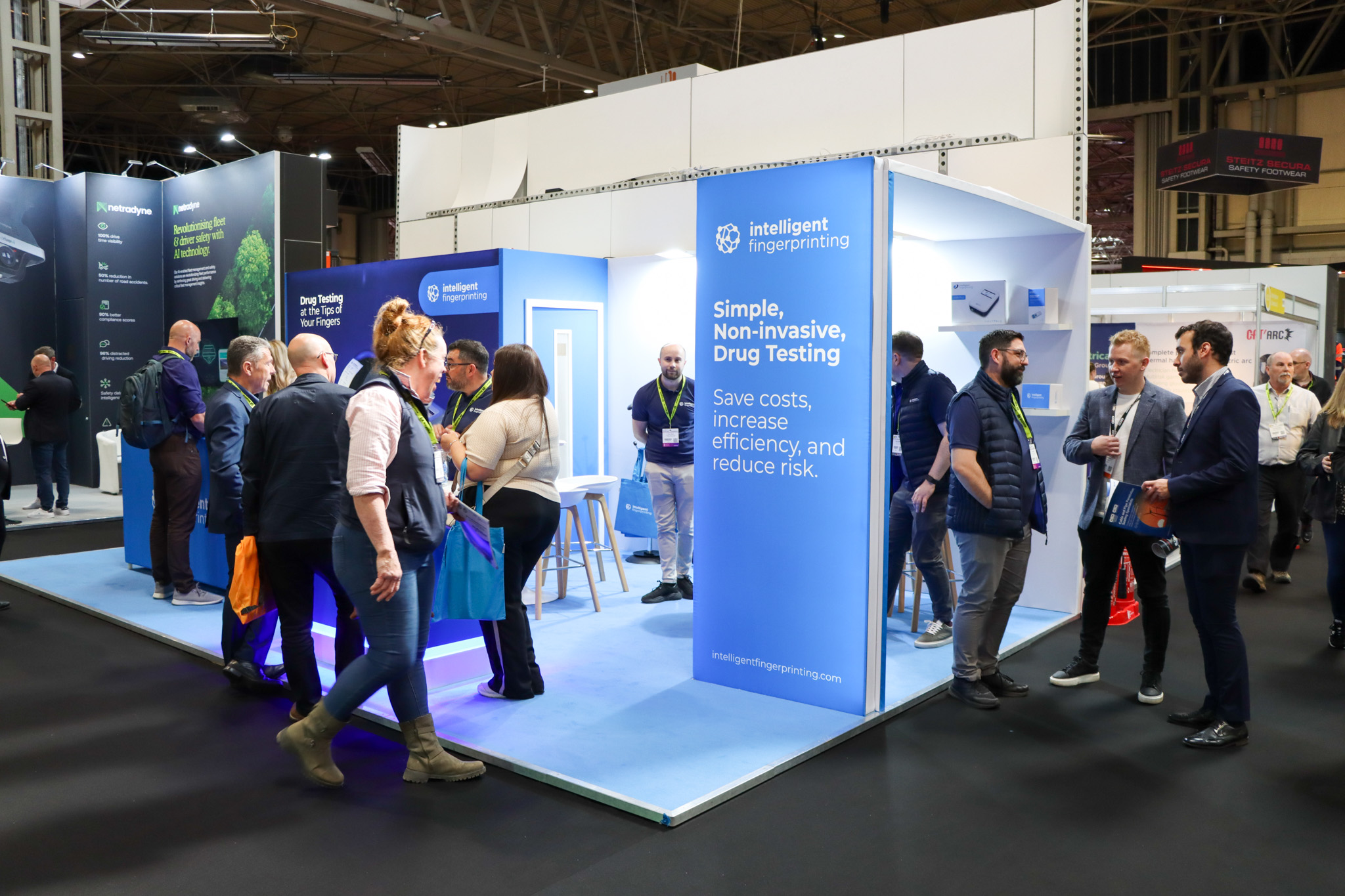Workplace drug testing protects employee well-being, reduces operational risk, and supports compliance. Testing programs must combine legal awareness with ethical responsibility to be effective and respected.
As global attitudes toward drug use continue to evolve and regulations shift, employers must navigate a complex and often fragmented landscape. Responsible employers build testing programs that follow local laws and stand up to ethical scrutiny by treating employees fairly, transparently, and with dignity.
This guide outlines the key legal and ethical considerations for businesses in today’s diverse regulatory environments.
1. Understand Regional Regulations & Global Standards
Legal requirements for workplace drug testing differ significantly between countries and often within regions. In some jurisdictions, safety-critical industries must conduct testing by law. In others, strict privacy regulations limit when and how employers can test.
Despite this variation, several universal principles apply. Employers should:
- Obtain informed consent from employees.
- Clearly communicate the purpose and process of testing.
- Handle results as sensitive personal data, ensuring confidentiality.
- Ensure testing remains relevant, proportionate, and legally justified for the role.
Companies must regularly review local laws and consult regional legal experts before expanding testing policies into new markets.
2. Apply Ethical Testing Practices Across All Locations
While compliance remains essential, the ethical foundation of a program shapes employee perception and long-term trust.
Employers build ethical testing programs by creating policies and practices that employees can understand and accept as fair. They link testing directly to genuine safety risks, apply it consistently, and carry it out with care and respect.
Strong ethical programs:
- Focus on safety, not surveillance.
- Offer justifiable explanations for testing, especially when results may reflect prescribed medication use.
- Apply the same standards across roles, teams, and geographies.
- Provide education, encourage self-disclosure, and offer clear pathways to support without defaulting to disciplinary measures.
Employees are more likely to cooperate with testing when they feel employers treat them as safety partners, not subjects of suspicion. This is particularly important in today’s high-pressure workplaces, where professional demands and personal stressors often overlap.
Prescription medications can also create unintended safety risks. Many employees may not realize how new or ongoing treatments affect their ability to perform specific duties safely. Employers play a crucial role in creating space for those conversations to happen early.
Ultimately, ethical drug testing balances legal obligations with genuine care for the workforce.
3. Respect Privacy and Protect Personal Data
Drug testing requires employers to handle sensitive personal data. Data protection laws like the GDPR (EU/UK), HIPAA (USA), and PIPEDA (Canada) define how organizations must collect, store, and share this information.
Employers should:
- Collect only the data necessary for testing and risk management.
- Restrict access to test results to trained, authorized personnel.
- Define and follow clear retention policies, including timelines for secure deletion.
- Provide complete transparency around how results will be used.
Even in regions with fewer legal restrictions, employers who uphold high privacy standards build stronger, more trusting relationships with employees.
4. Set Clear Expectations and Obtain Informed Consent
Consent should never be treated as a formality. Wherever your organization operates, employees need a clear understanding of the following:
- Which substances are included in the testing panel.
- Why the company conducts testing: whether for compliance, risk management, or internal safety goals.
- How results will be processed, stored, and shared.
- What a non-negative result means, and what support is available.
Ensure that employees give consent freely and with full understanding. Document it properly, ideally in connection with a well-defined drug and alcohol policy. Use training, internal communications, and FAQs to support clarity and reduce uncertainty.
5. Respond to Results with Consistency and Care to be Effective and Respected
Non-negative results require thoughtful, structured responses, not punitive reactions. Employers should follow fair, well-communicated procedures that align with legal and ethical responsibilities.
Best practices include:
- Sending all non-negative results for confirmation through accredited laboratories.
- Following clear internal protocols to determine the next steps, including investigation, suspension, or referral to support services.
- Providing mechanisms for appeals and review, especially in cases involving prescribed medication or regional variations in substance legality.
A non-negative result doesn’t reflect poorly on an employee or company. It reflects the complexity of modern life, where personal, medical, and social factors intersect with professional responsibilities. How an organization responds in these moments matters.
6. Choose Workplace Drug Testing Methods That Reflect Your Values
Your chosen testing method says a great deal about how your organization treats its people. Invasive, uncomfortable, or embarrassing processes can erode trust and morale, regardless of intention.
The Intelligent Fingerprinting Drug Testing Solution offers a practical and respectful alternative that includes:
- Observed collection without discomfort or embarrassment.
- Hygienic sampling in under a minute.
- Built-in chain of custody with minimal risk of tampering.
- Non-biohazardous waste, supporting global compliance and ease of use.
You reinforce a culture based on fairness, safety, and shared accountability by selecting modern methods that uphold dignity and respect.
Conclusion: Doing the Right Thing, the Right Way
Workplace drug testing should never feel like a formality or a threat. When done right, it protects your workforce, reduces operational risk, and reinforces your duty of care.
Testing programs must do more than follow the law to succeed. They must earn respect. That requires fairness, transparency, and a commitment to treating people as individuals, not liabilities.
At Intelligent Fingerprinting, we support businesses worldwide with a non-invasive, fingerprint-based drug testing solution that meets the needs of today’s workplace. Our solution is ethical, practical, and compliant by helping organisations test with confidence, clarity, and care.
Contact our team to learn how Intelligent Fingerprinting can help you build a safer, more supportive drug testing approach for your business.


















